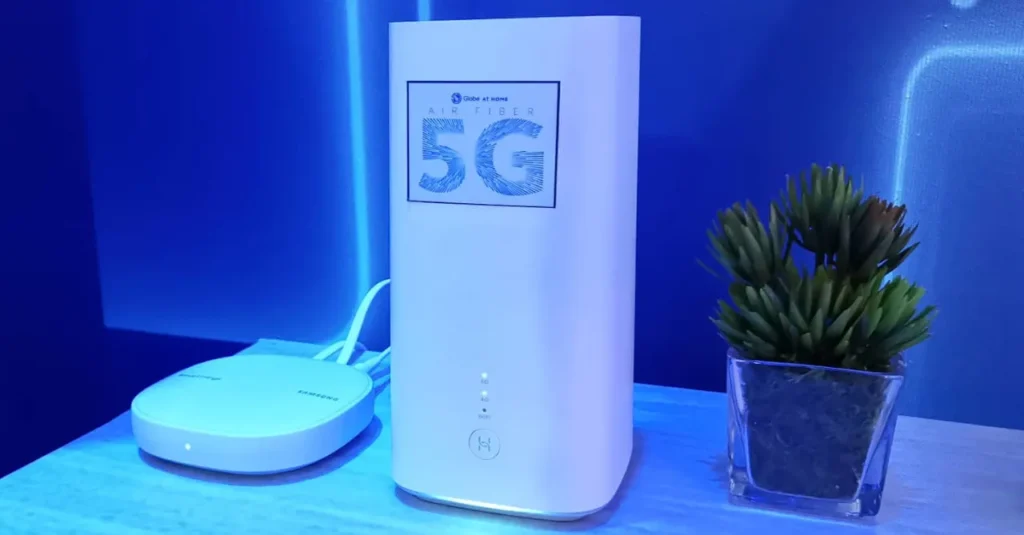
Table of Contents
A stunning comparison of two advanced technologies that can offer fast and reliable broadband service to your home.
5G home-internet and fiber-internet are two of the most advanced technologies that can offer fast and reliable broadband service to your home. But how do they compare in terms of Fast,stability, accessibility, cost, and convenience? Is 5G-home internet better than fiber, or is it just a hype?
In this article, we will compare 5G home-internet and fiber-internet in terms of Fast,stability, accessibility, cost, and convenience. We will also give our verdict on which one is the best choice for your needs.
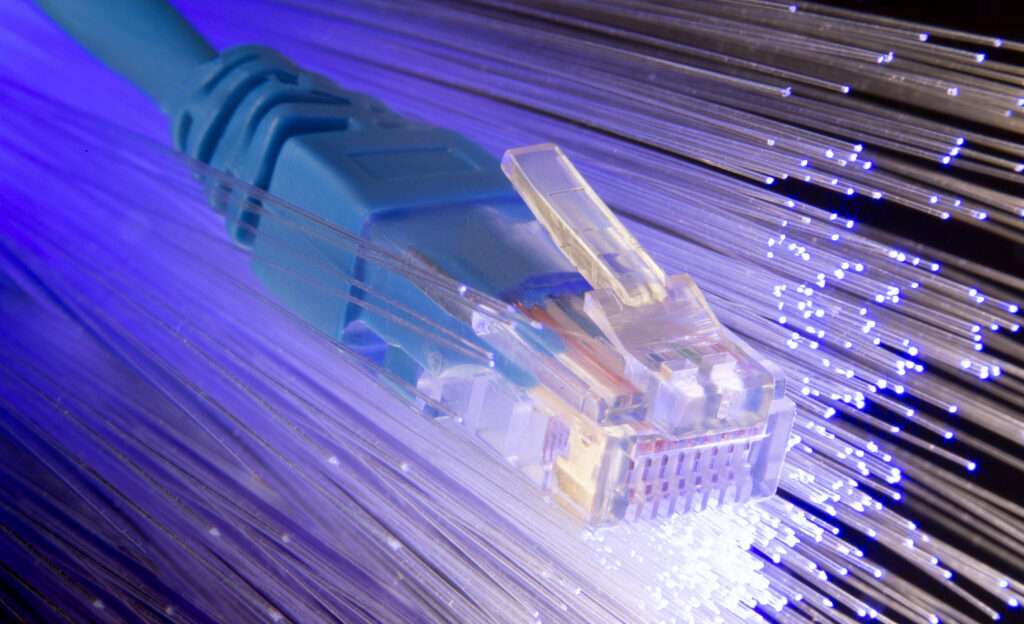
When it comes to fast, fiber wins over 5G home-internet. Fiber can deliver speeds up to 5,000 Mbps (or 5 Gbps), which is much faster than any other type of internet connection. Fiber also offers symmetrical speeds, meaning that your upload and download speeds are the same. This is ideal for online activities that require high bandwidth and low latency, such as video conferencing, gaming, streaming, and cloud computing.
How 5G home-internet works
5G home-internet is a type of internet service that uses the fifth generation of wireless technology to deliver high-speed internet to your home. Unlike traditional cellular networks that use low-frequency bands, 5G home-internet uses a combination of low-, mid-, and high-frequency bands to achieve faster performance and lower latency.
Low-frequency bands (below 1 GHz) can cover large areas and penetrate walls and buildings, but they have limited capacity and performance. Mid-frequency bands (between 1 GHz and 6 GHz) can offer higher performance and capacity, but they have shorter range and less penetration. High-frequency bands (above 24 GHz), also known as millimeter wave (mmWave), can offer the highest performance and capacity, but they have very short range and can be easily blocked by obstacles.
To overcome these limitations, 5G home-internet uses a network of small cells that are installed on poles, buildings, or other structures. These small cells can transmit and receive signals over different frequency bands, depending on the availability and demand. They can also communicate with each other and with larger cell towers using beamforming technology, which directs signals to specific devices or locations.
To use 5G home-internet at home, you need a compatible device that can receive the signals from the small cells. This device can be a smartphone, a tablet, a laptop, or a dedicated receiver that acts as a modem or router. The device connects to the 5G network wirelessly and converts the signals into Wi-Fi or Ethernet for your other devices.
How fiber optic internet works
Fiber optic internet is a type of internet service that uses fiber optic cables to deliver high-speed internet to your home. Fiber optic cables are made of thin strands of glass that carry light signals over long distances. These light signals can carry more data than electrical signals over copper wires or coaxial cables, which are used by DSL or cable internet.
Fiber optic internet can be delivered in different ways, depending on how far the fiber optic cables reach your home. The most common types are:
- Fiber to the home (FTTH): The fiber optic cables run all the way from the provider’s central office to your home. This is the fastest and most reliable type of fiber optic internet, as it eliminates any interference or degradation from other types of wires.
- Fiber to the node (FTTN): The fiber optic cables run from the provider’s central office to a node or cabinet near your neighborhood. From there, copper wires or coaxial cables connect to your home. This type of fiber optic internet is slower and less reliable than FTTH, as it depends on the quality and distance of the wires.
- Fiber to the curb (FTTC): The fiber optic cables run from the provider’s central office to a curb or pole near your home. From there, copper wires or coaxial cables connect to your home. This type of fiber optic internet is slightly faster and more reliable than FTTN, as it reduces the distance of the wires.
To use fiber optic internet at home, you need an optical network terminal (ONT) that converts the light signals into electrical signals for your devices. The ONT connects to the fiber optic cable outside your home and provides an Ethernet port or a Wi-Fi router inside your home.
Pros and cons of 5G home-internet vs fiber optic internet
Both 5G home-internet and fiber optic internet have their advantages and disadvantages. Here are some of the main pros and cons of each service:
Pros of 5G home-internet
- Fast download performance: Depending on the frequency band used, 5G home-internet can offer download performance up to 1 Gbps or more, which is close to fiber optic internet performance.
- Affordable prices: Compared to fiber optic internet, 5G home-internet tends to have lower prices and fewer fees. For example, T-Mobile offers its Home Internet service for $50 per month with no installation fee, no equipment fee, no contract, no data cap, and no hidden charges.
- Easy installation: To use 5G home-internet at home, you just need a compatible device that can receive the signals from the small cells. You can install the device yourself or have a technician visit your home if needed. You don’t need to drill holes or run wires in your home.
- Wide availability: Unlike fiber optic internet, which requires expensive and time-consuming infrastructure to install and maintain, 5G home-internet can be deployed quickly and easily using existing cellular towers and small cells. This means that 5G home-internet can reach more areas than fiber optic internet, especially in rural or remote locations where fiber optic internet is not feasible or cost-effective.
Cons of 5G home-internet
- Slow upload performance: Unlike fiber optic internet, which offers symmetrical performance, meaning that your upload and download performance are the same, 5G home-internet does not offer symmetrical performance. Your upload performance are usually much lower than your download performance, which can affect your performance for tasks that require high upload bandwidth, such as uploading large files or live streaming.
- Inconsistent performance: Unlike fiber optic internet, which is stable and consistent, 5G home-internet is affected by various factors that can disrupt or degrade the signals. These factors include your distance from the small cells, the number of users in your area, the weather conditions, the interference from buildings and other objects, and the availability of different frequency bands. These factors can result in slower performance, higher latency, or even dropped connections.
- Limited device compatibility: To use 5G home-internet at home, you need a device that supports the 5G network of your provider. Not all devices are compatible with all 5G networks, as different providers use different frequency bands and technologies. You may need to buy a new device or upgrade your existing device to use 5G home-internet at home.
Pros of fiber optic internet
- Fast and reliable performance: Fiber optic internet offers the fastest and most reliable performance of any type of internet service. Fiber optic internet can deliver performance up to 5 Gbps or more, which is much faster than any other type of internet service. Fiber optic internet also offers symmetrical performance, meaning that your upload and download performance are the same. This is ideal for online activities that require high bandwidth and low latency, such as video conferencing, gaming, streaming, and cloud computing.
- No data caps: Unlike 5G home-internet, which may have data caps or throttling policies that limit your usage or reduce your performance after a certain amount of data, fiber optic internet usually offers unlimited data with no restrictions. You can use as much data as you want without worrying about overage charges or performance reductions.
- More plan options: Unlike 5G home-internet, which usually has one or two plans to choose from, fiber optic internet offers more plan options with different performance and prices to suit your needs and budget. You can also bundle fiber optic internet with other services such as TV, phone, or security for more savings and convenience.
Cons of fiber optic internet
- Higher prices: Compared to 5G home-internet, fiber optic internet tends to have higher prices and more fees. For example, Google Fiber offers its Fiber 1000 plan for $70 per month plus taxes and fees, but it also charges a $300 installation fee and a $10 router rental fee. You may also have to sign a contract or pay an early termination fee if you cancel your service.
- Difficult installation: To use fiber optic internet at home, you need a professional installation that involves drilling holes and running wires in your home. This can take several hours or days depending on the complexity of the installation. You may also need to schedule an appointment with the provider and wait for the technician to arrive.
- Limited availability: Unlike 5G home-internet, which can be deployed quickly and easily using existing cellular towers and small cells, fiber optic internet requires expensive and time-consuming infrastructure to install and maintain. This means that fiber optic internet is not available everywhere, especially in rural or remote locations where it is not feasible or cost-effective.
How to choose between 5G home-internet vs fiber optic internet
The best choice between 5G home-internet vs fiber optic internet depends on your needs, preferences, budget, and location. Here are some questions to ask yourself before you decide:
- What are your performance requirements? If you need very fast and reliable performance for online activities that require high bandwidth and low latency, such as video conferencing, gaming, streaming, and cloud computing, then fiber optic internet is the best choice for you. If you need moderate to high performance for online activities that require more download than upload bandwidth such as browsing, emailing, or social media, then 5G home-internet may be sufficient for you.
- What is your budget? If you have a tight budget and want to save money on your internet service, then 5G home-internet may be more affordable for you. 5G home-internet usually has lower prices and fewer fees than fiber optic internet. You may also be able to get discounts or benefits if you bundle 5G home-internet with your wireless plan. If you have a flexible budget and don’t mind paying more for better performance and quality, then fiber optic internet may be worth the extra cost for you.
- What is your location? If you live in an urban or suburban area where fiber optic internet is available, then you may want to take advantage of this service and enjoy its fast and reliable performance. If you live in a rural or remote area where fiber optic internet is not available or feasible, then you may want to consider 5G home-internet as an alternative option that can provide you with wireless broadband access.
Speed: Fiber wins over 5G home internet
5G home-internet, on the other hand, has a wide range of speeds depending on the frequency band used. Low-band 5G can offer speeds around 30 to 250 Mbps, which is similar to cable or DSL internet. Mid-band 5G can offer speeds around 100 to 900 Mbps, which is comparable to some fiber plans. High-band 5G, also known as millimeter wave (mmWave), can offer speeds up to 1 Gbps or more, which is close to fiber speeds.
However, 5G speeds are not consistent and depend on various factors such as your distance from the tower, the number of users in your area, the weather conditions, and the interference from buildings and other objects. Moreover, 5G does not offer symmetrical speeds, meaning that your upload band-width are usually much lower than your download bandwidth. This can affect your performance for tasks that require high upload bandwidth, such as uploading large files or live streaming.
Reliability: Fiber wins over 5G home-internet
Another factor to consider is stability, which refers to how stable and consistent your internet connection is. Fiber wins over 5G home-internet in this category as well. Fiber is the most reliable type of internet connection because it uses dedicated lines that are not affected by external factors. Fiber-optic cables are also less prone to damage or degradation than copper wires or coaxial cables.
5G home-internet, on the other hand, is less reliable because it uses wireless signals that can be disrupted by various factors. As mentioned earlier, 5G signals can be weakened by distance, congestion, weather, interference, and obstacles. This can result in slower speeds, higher latency, or even dropped connections.
Availability: 5G wins (for now)
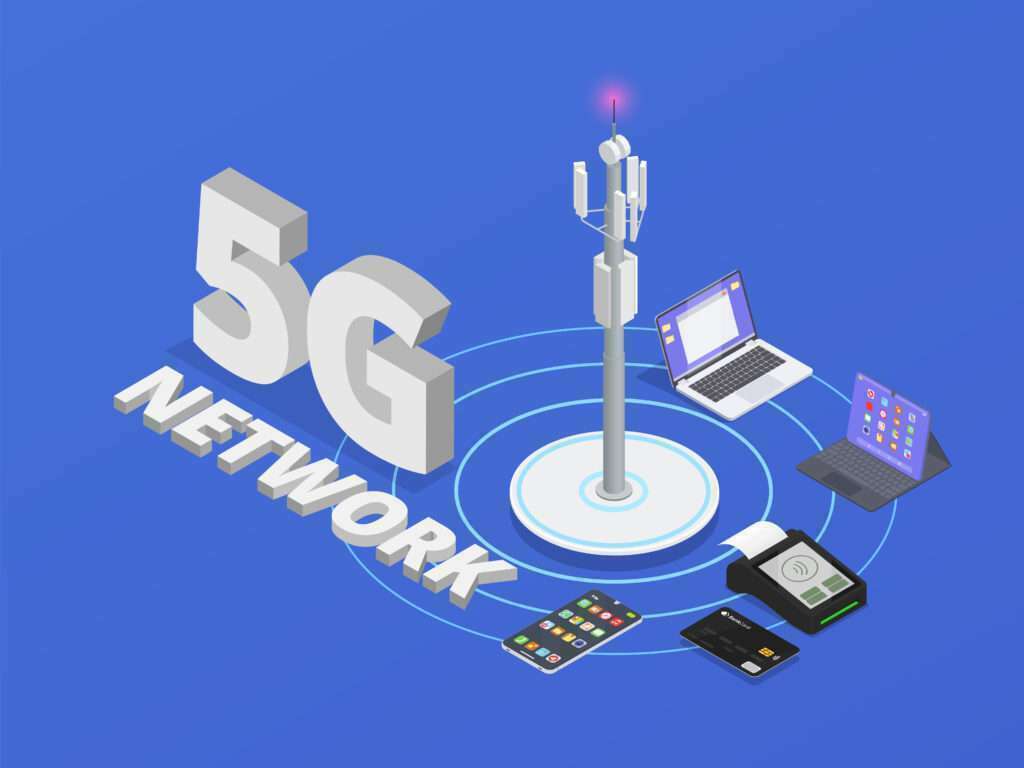
One of the main advantages of 5G home-internet is its accessibility. Unlike fiber, which requires expensive and time-consuming infrastructure to install and maintain, 5G home-internet can be deployed quickly and easily using existing cellular towers and small cells. This means that 5G home-internet can reach more areas than fiber, especially in rural or remote locations where fiber is not feasible or cost-effective.
According to T-Mobile and Verizon, their 5G home-internet services are available to over 40 million and over 30 million households respectively in the US . Both carriers are continuing to expand their 5G networks, so expect these numbers to increase in the future.
However, accessibility does not necessarily mean accessibility. Not all areas within a 5G coverage zone can actually receive a strong and stable signal. You may need to check your address with your provider to see if you qualify for 5G home-internet service. You may also need to install a special device or antenna in your home to receive and amplify the signal.
Fiber accessibility is more limited than 5G home-internet accessibility because it depends on whether your provider has laid down fiber-optic cables in your area. According to FCC data from June 2019, only about 41% of US households have access to fiber-internet service. However, this number may be higher now as more providers are investing in fiber expansion.
Cost: It depends
The cost of internet service depends on various factors such as your location
Here is a comparison chart between 5G home-internet and fiber optic plans:
If you are looking for a fast and reliable internet service for your home, you may have heard of two of the most advanced technologies available today: 5G home-internet and fiber optic internet. But how do they compare in terms of performance, cost, and availability? Which one is better for your needs and budget?
In this guide, we will answer these questions and more. We will explain how 5G home-internet and fiber optic internet work, what are their pros and cons, and how to choose the best option for your home. We will also provide some tips and resources to help you find and compare the best plans and providers in your area.
Let’s get started!
Tips and resources to find and compare the best plans and providers
- Once you have decided which type of internet service is best for you, you need to find and compare the best plans and providers in your area. Here are some tips and resources to help you with this process:
- Use online tools and websites that can help you find and compare the available plans and providers in your area. Some examples are:
- [BroadbandNow]: This website allows you to enter your zip code and see the available internet providers, plans, prices, speeds, and ratings in your area. You can also filter the results by type of service, such as 5G home-internet or fiber optic internet.
- [Allconnect]: This website allows you to enter your address and see the available internet providers, plans, prices, speeds, and ratings in your area. You can also filter the results by type of service, such as 5G home-internet or fiber optic internet.
- [WhistleOut]: This website allows you to enter your address and see the available internet providers, plans, prices, speeds, and ratings in your area. You can also filter the results by type of service, such as 5G home-internet or fiber optic internet.
- Read online reviews and testimonials from other customers who have used the plans and providers that you are interested in. You can find these reviews on websites such as:
- [Trustpilot]: This website allows you to read and write reviews for various internet providers and plans. You can also see the overall rating, customer service rating, speed rating, and reliability rating for each provider and plan.
- [HighSpeedInternet.com]: This website allows you to read and write reviews for various internet providers and plans. You can also see the overall rating, customer satisfaction rating, speed rating, reliability rating, price rating, installation rating, and support rating for each provider and plan.
- [ConsumerAffairs]: This website allows you to read and write reviews for various internet providers and plans. You can also see the overall rating, customer satisfaction rating, speed rating, reliability rating
We appreciate your interest in our content. For more in-depth information, we invite you to read our comprehensive article on this ChromeOS M117 Stable Update: A More Android-like Experience We hope you find it informative and engaging.
- Kalki 2898 AD Team Wishes for DeadpoolAndWolverine highly anticipated
- Unlock Exciting Deals: Buy 1 Get 1 Free Tickets for ‘Bad Newz’ on BookMyShow!
- Jio 395 Plan with 84 Days Validity with Unlimited 5g
- Yashika Women Art silk Sarees SDPL-METRO
- Lifelong LLGS118 ISI Certified Glass Manual Gas Stove (2 Burners)
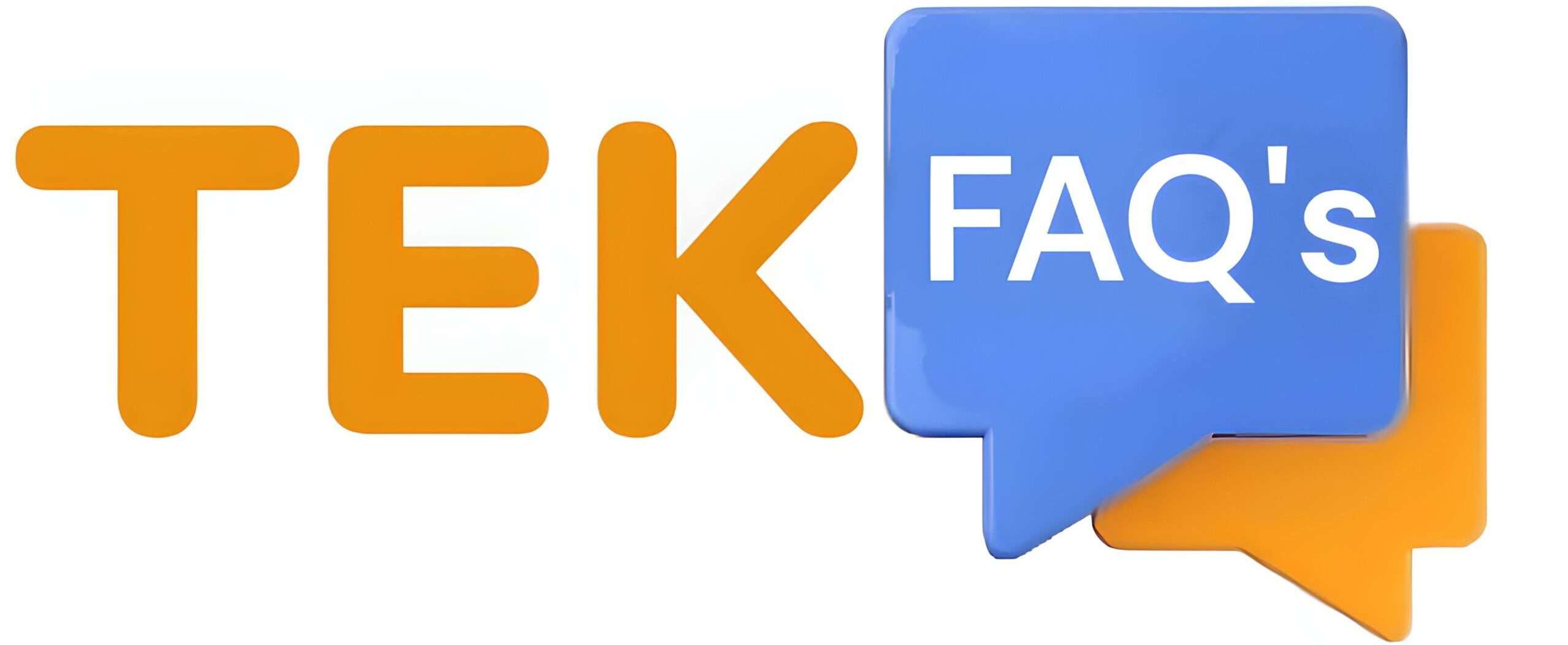
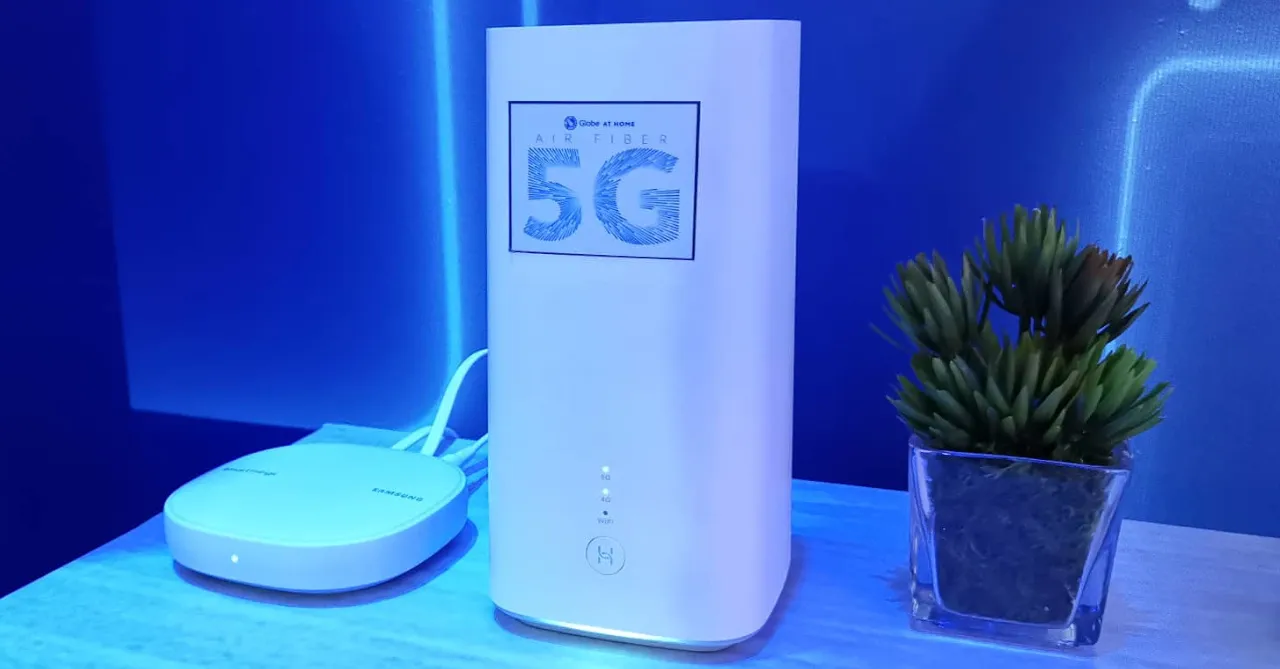
1 thought on “The Ultimate Guide to 5G Home Internet vs Fiber: Which One Is Faster, Cheaper, and More Reliable?”